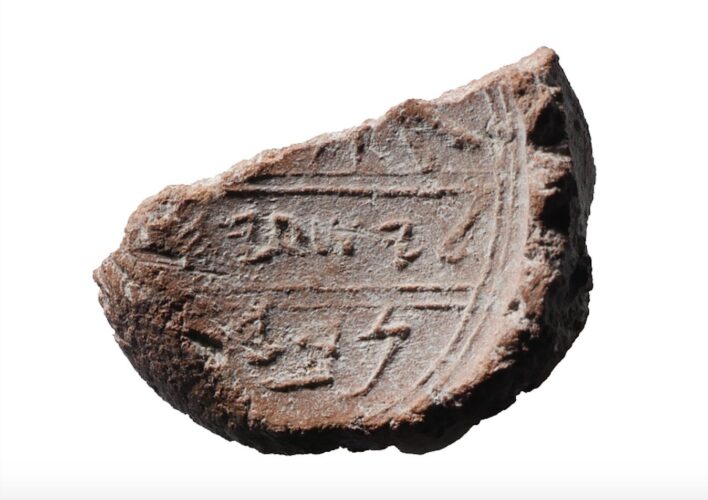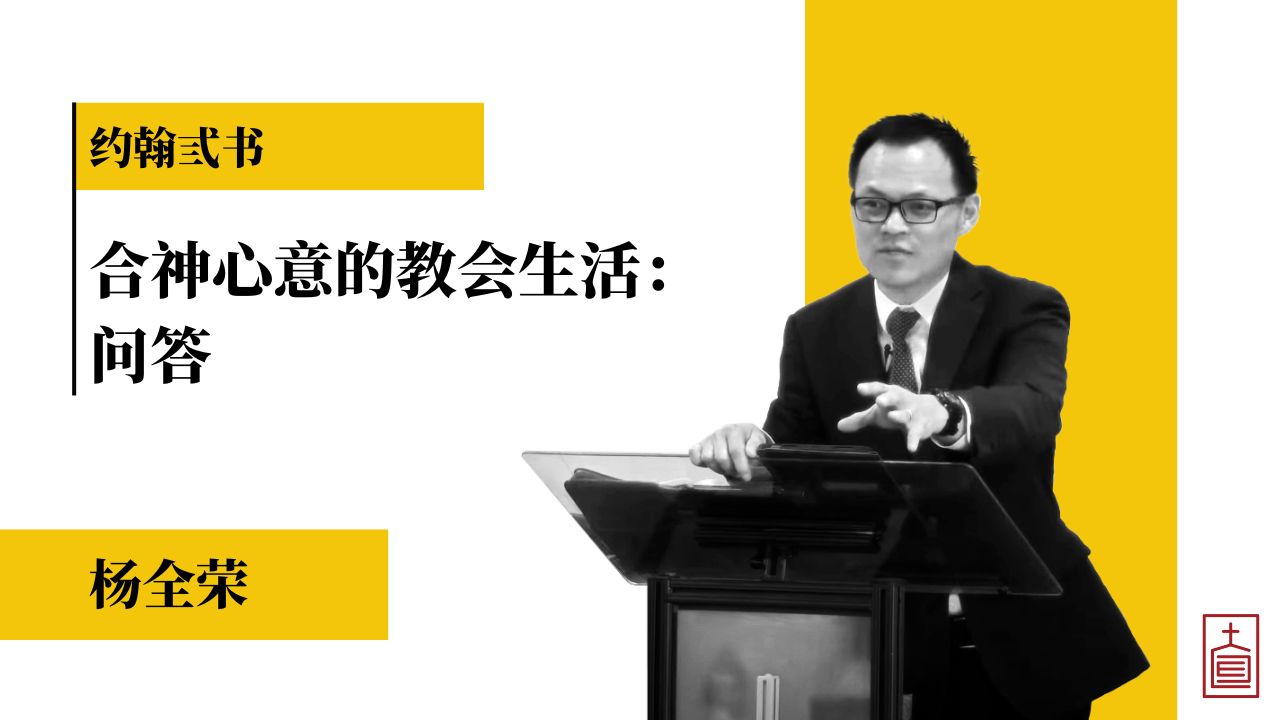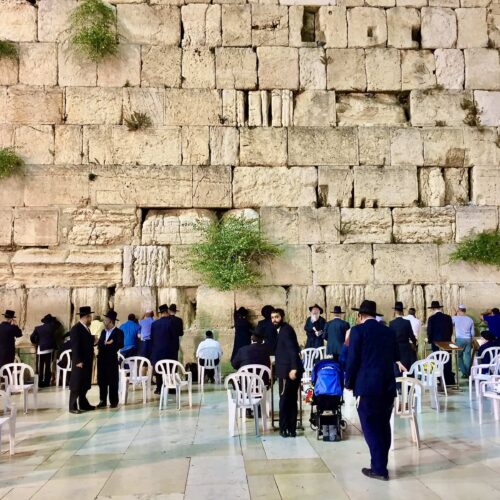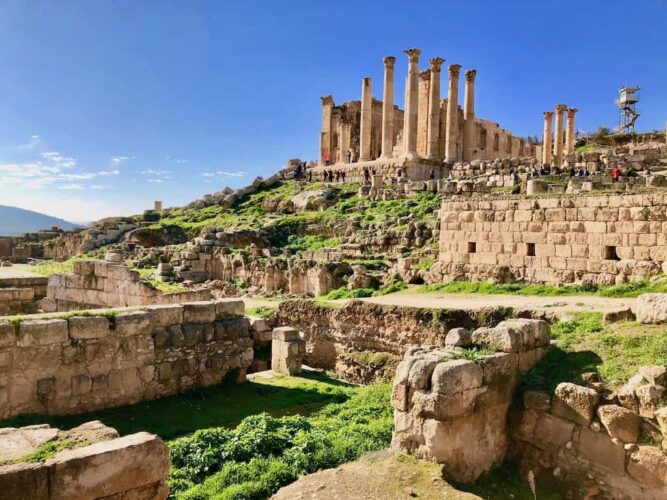
2018年五大圣经考古发现

以赛亚的布拉
亲爱主内的弟兄姊妹们、朋友们新年好!在告别2018年迎来2019年之际,想与大家分享我个人认为,在2018年圣经考古的五大发现,盼望能够帮助大家对于圣经考古有一些的认识。
第一)以赛亚布拉(Bulla)

以赛亚书53:4 他诚然担当我们的忧患,背负我们的痛苦;我们却以为他受责罚,被神击打苦待了。
以赛亚书53:5 哪知他为我们的过犯受害,为我们的罪孽压伤。因他受的刑罚,我们得平安;因他受的鞭伤,我们得医治。
2018年,著名的以色列考古学家Eilat Mazar公布她的团队在2009年发现了一个布拉,上面用第一圣殿时期的希伯来文写着“属于先知以赛亚”。
什么是“布拉”(Bulla)呢?“布拉“是陶泥作的印,用来证明一个物件是出于谁的。通常是用来在书信上封印,如现代人的签名一样。… Read the rest
耶稣是谁(腓立比书2:6-11)
”他本有 神的形像,不以自己与 神同等为强夺的,反倒虚己,取了奴仆的形像,成为人的样式。既有人的样子,就自己卑微,存心顺服,以至于死,且死在十字架上。所以 神将他升为至高,又赐给他那超乎万名之上的名,叫一切在天上的、地上的和地底下的,因耶稣的名无不屈膝,无不口称耶稣基督为主,使荣耀归与父 神。(腓2:6-11)… Read the rest






